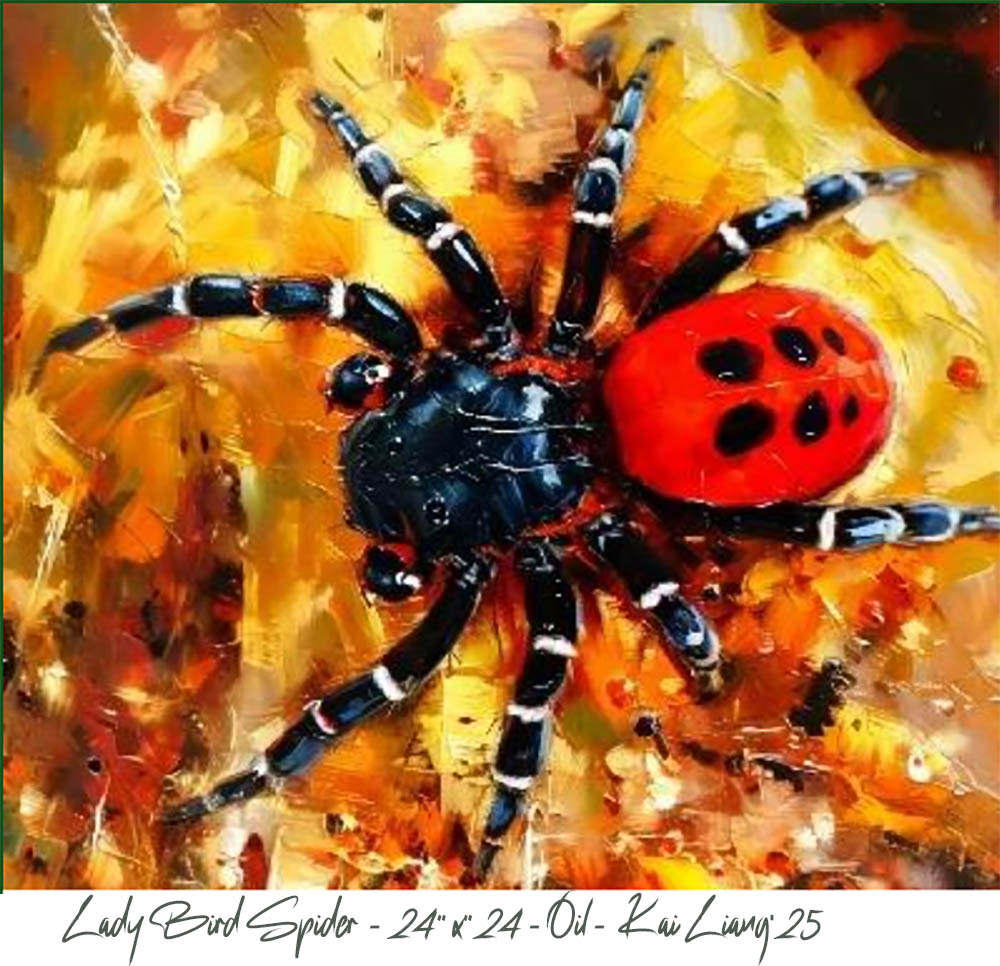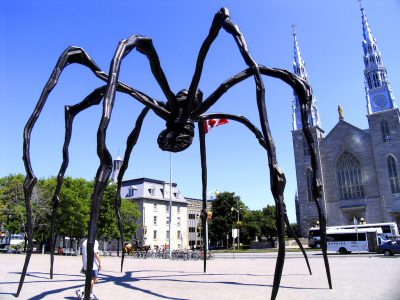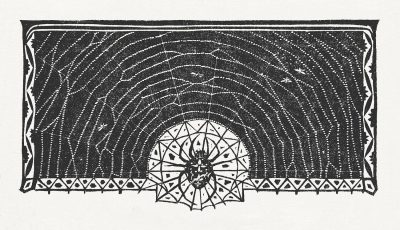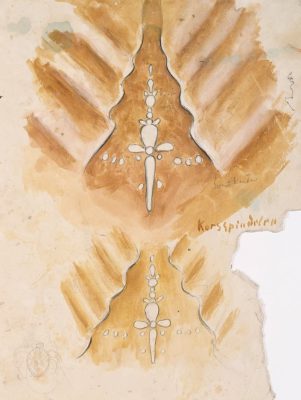
Kai LiangStanding Beside the Ladybird Spider
Championing the rare Eresus sandaliatus in Dorset, UK.

Additional Information
- Males: 8–10 mm, bright red abdomen with black spot
- Females: 12–16 mm, dull brown or black
- Lifespan: Up to 4 years (females), 1–2 (males)”
Habitat & Behaviour
Ladybird spiders prefer heathland and sandy soil environments, which are vital for their silk-lined burrows. These burrows are camouflaged with debris, making the spiders difficult to find. The burrow serves as both shelter and a hunting ground for prey. Burrows are silk-lined and covered with plant debris. The spider sits at the entrance, waiting for passing insects to ambush. These spiders are mostly sedentary, rarely venturing far from their burrows. They are active during the day but shy, staying hidden from sight unless disturbed. Their diet consists primarily of beetles and other small ground-dwelling insects that stumble upon their silk-lined burrow entrances.
Life Cycle & Reproduction
Ladybird spiders have a unique and slow reproductive cycle. They are known for their prolonged development, often spending 2-3 years as juveniles before reaching maturity.
Conservation Status
The Ladybird spider is endangered in the UK, where it was once thought to be extinct. Conservation efforts have been implemented, especially in the Dorset region, where reintroduction programs have seen some success. Conservation Programs: Initiatives in Dorset, UK, have focused on habitat restoration and the introduction of captive-bred spiders to bolster populations. Organizations such as Buglife and Natural England have been involved in these efforts.
Species Info
- Common Name: Ladybird Spider
- Scientific Name: Eresus sandaliatus
- Conservation Status: Endangered in the UK
- Member Of: Buglife
- Location: Dorset, England
- Habitat: Heathland burrows




